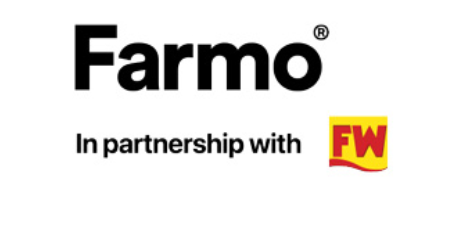Traders advise arable farmers to lock into firmer crop wheat prices

Arable farmers should consider locking into firmer new crop wheat prices in a market that looks increasingly volatile, say traders.
New crop futures trading at above £80/t offer farmers a valuable hedge against price volatility, in a market that has risen sharply after a lower EU harvest and drastic southern hemisphere reductions.
Richard Jenner, marketing manager at Centaur Grain, said November 2007 futures provided farmers a clear £10/t premium over where they began selling this year’s crop.
“It’s never wrong to lock into a profit, and to have 25% of your tonnage sold at £80/t or above, even if that’s the lowest price you sell at, can only be a wise thing.”
Recent years’ crops provided a valuable lesson, Mr Jenner said. “Prices rose sharply after lower yields in 2003. There was the option for growers to take prices of £80/t for the following year, but few people took it and values fell to £60/t.”
While many would be tempted to see just how far recent price rallies went, potential for changes in Brussels’ intervention policy meant it was still not a truly free market, he added.
Favourable drilling conditions across most of the country mean some traders are expecting increased cereals plantings this autumn.
Glencore Grain’s Nick Oakhill said many farmers were also showing interest in growing wheat on set-aside acres for biofuel production.
Supply and demand
“The supply and demand fundamentals could well be different for next year’s crop, so it’s worth starting to commit some tonnage at current levels.”
November 2007 wheat futures were trading at about £87/t on Thursday 12 October, with merchants buying for November movement at £80-£82/t ex-farm in the middle of the country.
Nidera UK’s chief executive Mark Dordery said farmers were showing more interest in futures options on new-crop wheat.
“One client took out an option on old-crop wheat at a premium of £5/t and collected £20/t over the original price he sold the grain for.
“Global production and demand for wheat is extremely finely balanced. The market is heated and the price falls can come as quickly as the rises,” said Mr Dordery.
“You can make the argument that we could see similar circumstances in the southern hemisphere as we’re seeing now, but I’m not sure I’d be prepared to gamble on that.”
Spot prices for feed wheat were hovering around £90/t on Thursday 12 October , with full specification Group 1 wheats at just over £100/t. But traders reported little spot trade, as millers and compounders had filled order books until after Christmas.
But Euronext.liffe, the London futures exchange, had seen more activity for spring 2007 contracts with feed wheat at £100-£102/t.

